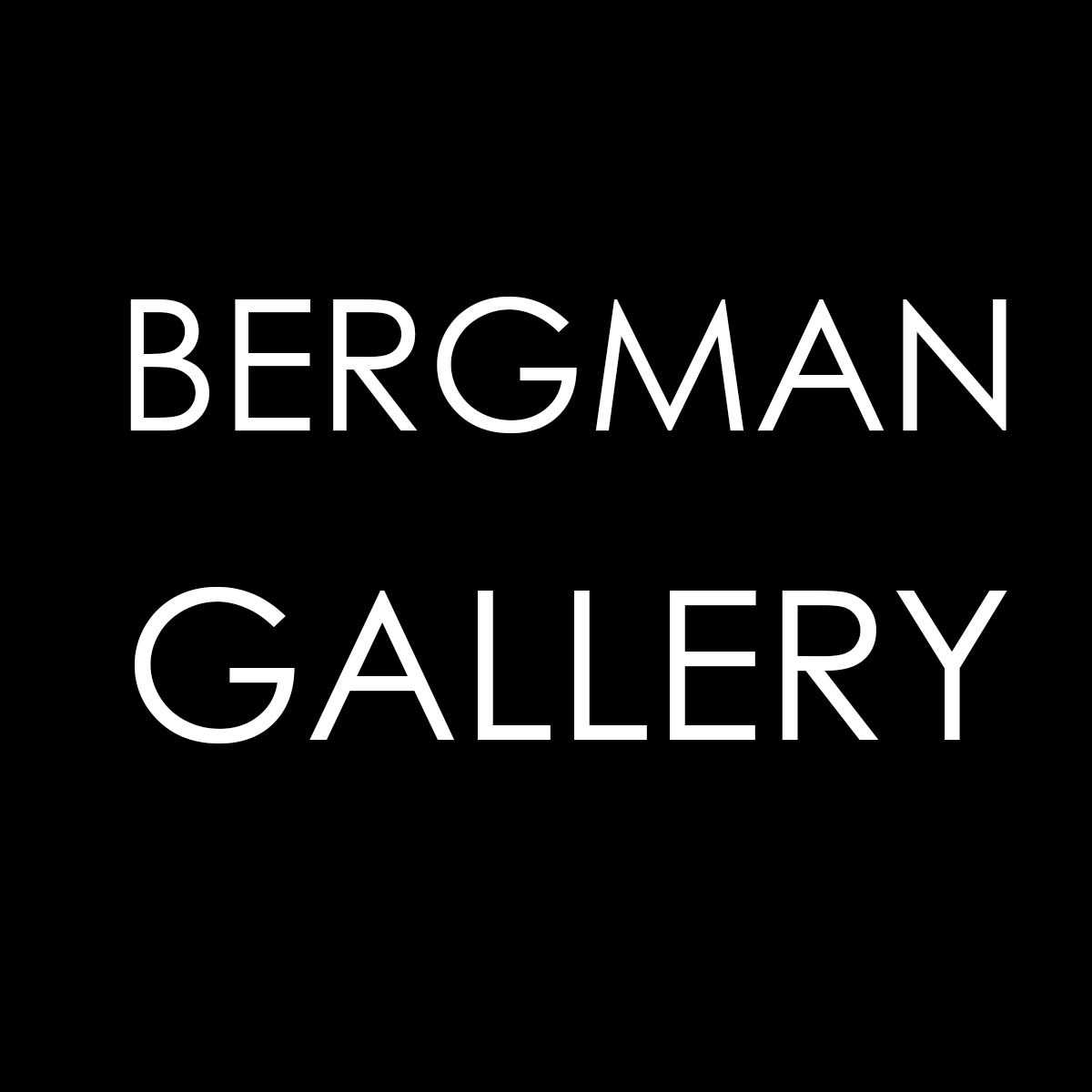As this exhibition took its final form, it just so happened that our most accomplished artists are all women. This probably shouldn’t come as a surprise, given the leadership roles women take in our community, be it within the private or public sector, the national government and parliament, non-government organizations as well as traditional leadership.
Opening Speaker: Tessa Temata, New Zealand High Commissoner to the Cook Islands.
Women have long played a crucial role in the leadership of Cook Islands society, shaping its cultural, social, and political landscapes. Whether in traditional governance, national politics, or contemporary art, vaine (women) have been powerful voices in the preservation and evolution of Cook Islands identity. This exhibition stands as a celebration of their contributions, acknowledging their role in contemporary art while asserting the importance of Pacific female leadership in a changing world.
Featuring the works of Mahiriki Tangaroa, Kay George, Sylvia Marsters, Maeva Arnold and Tungane Broadbent, Kia Maeva Tatou brings together artists who have each, in their own way, expanded the visual language of the Cook Islands. Their works explore personal and collective narratives, engaging with themes of migration, cultural heritage, spirituality, and the ongoing negotiation between tradition and modernity.
Mahiriki Tangaroa, one of the most established painters in the Cook Islands, uses her work to explore themes of ancestry, spirituality, and the shifting nature of identity in the Pacific. Often engaging with Polynesian mythology, her paintings fuse past and present, revealing the ways in which historical narratives continue to shape contemporary Cook Islands life. In past exhibitions, she has examined environmental fragility, isolation, and the resilience of cultural memory, themes that remain central to her evolving practice.
Kay George is known for her bold, intricate textile-based works, which embrace vibrant colors and layered motifs that reflect a deep engagement with both indigenous and contemporary aesthetics. Her work bridges the past with the present, adapting traditional Pacific visual forms into a modern design language that challenges static notions of cultural identity. Through her practice, she affirms that Cook Islands art is not frozen in time but continues to evolve in response to contemporary influences.
Sylvia Marsters, recognized for her meticulous botanical paintings, has created a body of work that reflects themes of migration, nostalgia, and connection to homeland. Her hibiscus and gardenia paintings, rendered with exquisite realism, serve as metaphors for both the vibrancy and fragility of Pacific identity, particularly for those living in diaspora. Marsters’ practice highlights the deeply personal and poetic dimensions of Cook Islands contemporary art, where natural forms become symbolic vessels of memory and belonging.
Maeva Arnold is a Cook Islands artist whose work reflects a deep engagement with the environment and cultural identity, often drawing inspiration from traditional Polynesian motifs, contemporary social issues, and the shifting landscape of island life.
Tungane Broadbent, a master tivaivai maker, represents the continuation of a centuries-old textile tradition that remains one of the most significant artistic expressions in the Cook Islands. Tivaivai, more than just fabric and stitching, is an intergenerational practice that embodies storytelling, community, and identity. Broadbent’s works are rich with symbolism, each quilt reflecting the familial and cultural connections embedded in their creation.
Kia Maeva Tatou is not just a celebration of female artistic leadership—it is a powerful statement about the role of Cook Islands vaine in shaping cultural narratives, both within the Pacific and beyond. Each of these artists, in their own way, challenges historical frameworks that have marginalized indigenous women’s voices in the arts. Their work asserts that the Pacific is not merely a passive subject of history but an active site of cultural production, innovation, and resistance.
As H.E Tessa Temata, New Zealand High Commissioner to the Cook Islands observed - 'female leadership in the Cook Islands extends across all sectors of society. In the arts, this leadership manifests through storytelling, preservation, and reimagining the future. Kia Maeva Tatou is a tribute to that vision—a celebration of strength, creativity, and the enduring power of vaine in shaping Cook Islands identity. Through painting, textiles, and mixed media, these artists continue to weave narratives of resilience, ensuring that the voices of Cook Islands women remain at the forefront of contemporary Pacific art.'





